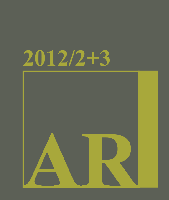
RESEARCH THROUGH DESIGN PRACTICE IN ARCHITECTURE
RESEARCH THROUGH DESIGN PRACTICE IN ARCHITECTURE
Keywords: .
.
More...
Keywords: .
.
More...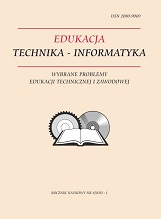
Keywords: the project; the method of project; design technology; education of forestry specialists.
The basic positions of project-based learning in training future foresters are presented, determined students’ commitment to this method and highlights students suggestions improve the teaching of special subjects.
More...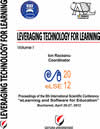
Keywords: Instructional design; models of instructional design; adult education; blended learning; elearning
Instructional design/ designing training activities for adults it is an activity that requires the anticipation of the steps that will be covered in the training process. The analysis of the main instructional design models highlights changes in training activities design paradigm, special for the adults, through changing from product-centered design models, to process-centered models and mixed models. Based on this categorization, this paper, in fact, covers the most common instructional models of design used in adult education. It, also, could be consider an answer for the imperious need which demands to develop a specific instructional design model for "blended learning” in the light of the new perspectives and challenges that Information and Communication Technologies bring. The term “blended learning” is used to describe a solution that combines several different delivery methods or the learning that mixes various forms of organizing activities such as face-to-face classrooms, elearning, and self-paced learning.
More...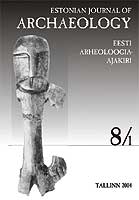
Keywords: archaeology; design ;Seeking common ground ; archaeology ; design
review of: Lily Díaz-Kommonen. Art, Fact, and Artifact Production. Design Research and Multidisciplinary Collaboration. (Publication series of the University of Art and Design Helsinki, A 37). University of Art and Design, Helsinki, 2002. 272 pp. ISBN 951-558-107-9
More...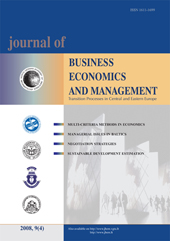
Keywords: intelligent information systems; knowledge representation; design and implementation of databases; knowledge-based systems; expert systems; decision support
The monograph “Intelektualizuotų informacinių sistemų projektavimas ir taikymas”of Prof. Dr Dalė Dzemydienė covers interesting topics of systems design by using knowledge representation methods, information communication technologies for better understanding and evaluating management processes. The proper selection of novel work organization methods, knowledge management systems, modern information - communication technologies, and up-to-date methods of their control as well as mastering skills of these allow us to realize the management problems of organizations more clearly.
More...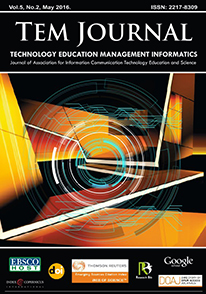
Keywords: distribution transformer;operational characteristics;FEM;magnetic flux density
Computer aided procedure for design of distribution transformer is implemented on transformer type ETN 50-1-/0.4 a product of “EMO” company. All transformer parameters are calculated in Matlab as well as operational characteristics of voltage variation and efficiency factor at different type of loads and variation of secondary voltage for different secondary currents. The obtained results are compared to the experimental data from the producer. Finite Element Method (FEM) is implemented for calculation of distribution of magnetic flux density in transformer cross section for different operating regimes: no-load and rated load. FEM calculations are based on data obtained from transformer design. They enable electromagnetic processes inside the machine to be analyzed and accurate calculation of magnetic flux density to be done.
More...Keywords: design out crime; CPTED (Crime Prevention Through Environmental Design);
The research and practice in designing out crime is an absolutely new approach in Lithuania to reduce crime. Therefore, the application of design out crime through the prism of CPTED (Crime Prevention Through Environmental Design) to the typical Lithuanian urban area that has high crime rates and the variance of land uses is proposed in this paper. After the assessment of current situation in the selected research area (Vilijampole in Kaunas) the urban planning and design proposals have been made according to the identified weaknesses and concerning buildings’ exposition for better natural surveillance and inter-visibility, street network geometry and connectivity, differentiation of public and private spaces, greenery and its links to other spaces, maintenance, interaction between neighbors, activity support, lighting etc. The proposed urban planning and design solutions should bring more safety into the neighborhoods and businesses.
More...
Keywords: e-learning; best practices; lesson planning;
This article discusses the Romanian investigation on lesson planning by e-learning design. There are different mental images of the lesson, because of the various researches in education: lesson as construct, lesson as process, lesson as product, lesson as a whole, lesson based on learning theories, etc. The written plan of the lesson is a quite difficult issue, literature in the fieldwork suggesting various working schemas. The objectives of the paper are as follows: 1) to review the theories and the practices in the field and 2) to examine the narratives collected in the exploratory stage of the research in terms of e-learning design. In this approach on lesson planning, e-learning is considered to be the use of electronic technologies to create in lesson different learning experiences. The meta-analysis of the data collected highlights locus control, styles of learning, the needs of those who learn and those who teach, communication skills, motivation for learning, social abilities, media preferences, experiences, learning conditions, and so on. Several key factors involved in lesson planning by e-learning design are important: individual lesson or units of work, aims and multi-dimensional objectives, curricular links and resources and differentiation of learning.
More...Keywords: multiple intelligences; permanent education; teaching design
Musical-rhythmic intelligence or intelligence of tone, rhythm and timbre is one of the eight types of intelligence Howard Gardner initially described (1981) in his theory of multiple intelligences. Like other types of intelligence, musical rhythmic intelligence can be dominant in some students. Therefore it is necessary to design learning contents (regardless of the discipline taught) depending on the specificity of this intelligence. This theoretical model was used as the starting point in a permanent education module attended so far by 338 teachers from three counties in Romania. In this manner, teachers of different specializations adapted to the types of intelligent learning contents described by Gardner.The paper presents the results of this exercise, focusing on the integration of musical-rhythmic intelligence in teaching design.
More...Keywords: Object; material culture; method of production; design; utility of object; symbolic essence of object; postmodernist concept of object.
In the article object as material embodiment of axiological system of society, as artefact of material culture is under investigation. Object is viewed in a variety of functions and meanings. Its dualistic nature is determined by two essential sides – utility and sacral. In the process of development of civilization the priority of one or another of them changes. In the article these changes are analysed from the viewpoint of historic, social and cultural aspects. Objects of material world in the age of pre-industrial society were created by means of handicraft technique where the whole process of creation from idea to its realization was centred in the hands of one man. Craftsman not only created form, but also gave it certain meaning, that became the basis of cultural tradition. Object transmitted that tradition though generations. Scientific and technical progress changed the process of creation crucially - to machine production. An age of industrial society began, that gave boost to design culture. Design appeared as a new kind of applied arts and method of arrangement of material world. Functionalism as a primary style of early design highlighted utility as a dominating function of object. Production process that was estranged from man deprived object of sacral content. Quality of industrially produced objects was completely determined by their capacity to serve man’s needs. On the other hand man himself started to depend on object. In the end of the XXth century humanity steps into a new period – an age of post-industrial society, ideological concept of which is postmodern culture. Object loses pragmatic function as main manifestation of its essence. Art design appears, where objects are focused not especially on utility, but on artistic experiment. Main function of object becomes provision of communication. Artistic form is filled with plenty of meanings and their interpretation depends on context. Object retrieves its sacral meaning which becomes symbol.
More...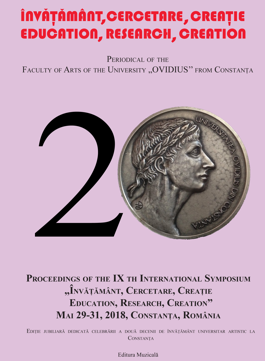
Keywords: gallery; light; design; source
The present paper deals with the lighting system specific to an exhibition room presenting art works (paintings, showcases and 3D exhibited items). The gallery is to be designed so as to host more types of exhibitions. The main goal is to equip the art gallery with a lighting system consisting of a certain number of different types of lighting apparata that can be set on rails. These apparata can shed light on different exhibitions displaying 2D and 3D items different as far as their value, sensibility, material, age, colouring and ornament is concerned. The dimension of the lighting is set both for an exhibition containing paintings placed on the walls, easels and 3D items set in showcases and also for the future exhibitions.
More...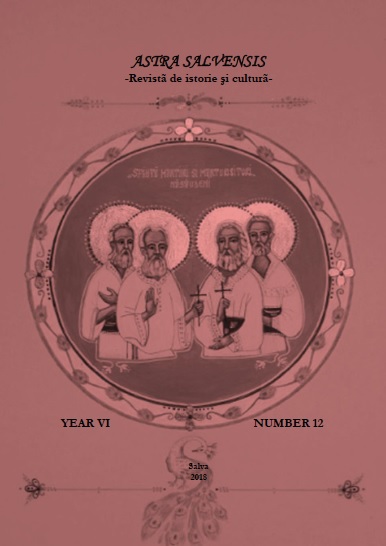
Keywords: ethnic style; traditional culture; interior composition;
This article briefly outlines the influence of "oralmen" ("returnees") on the development of contemporary Kazakh decorative and applied arts. It deals with the folk tradition that requires special spatial solutions and specific arrangements. In addition, the article compares the compositions of historic and modern residential interiors to define the compositional features of living space.The turn to cultural and historical heritage has become a recent popular trend in interior design. Various ethnic elements and motifs adorn the collections of famous fashion designers, interiors and exteriors of residential and public buildings. In Kazakhstan, the interest to traditional forms revived because of many social phenomena, as the epoch and society shape architecture. Material cultural objects convey and represent the mentality of an ethnic group – a collective mental system formed in society, presented to all members of this society and manifested at the individual level. As part of the study, we analyzed a number of works devoted to the ethnographic features of the Kazakhs coming from different countries. Traditional Kazakh applied arts capture and reflect the spirit and uniqueness of ethnic culture. The study of the ethnic composition of living space determined the temporary changes in interior design in the process of observing customs and traditions such as birth, weddings, etc. National identity is represented in ethnic design through references to historical heritage. Modern Kazakh designers turn to ethno-cultural motifs in their work with social responsibility. Prior to planning, they usually conduct cultural, ethnographic, and linguistic studies of ethnic heritage.
More...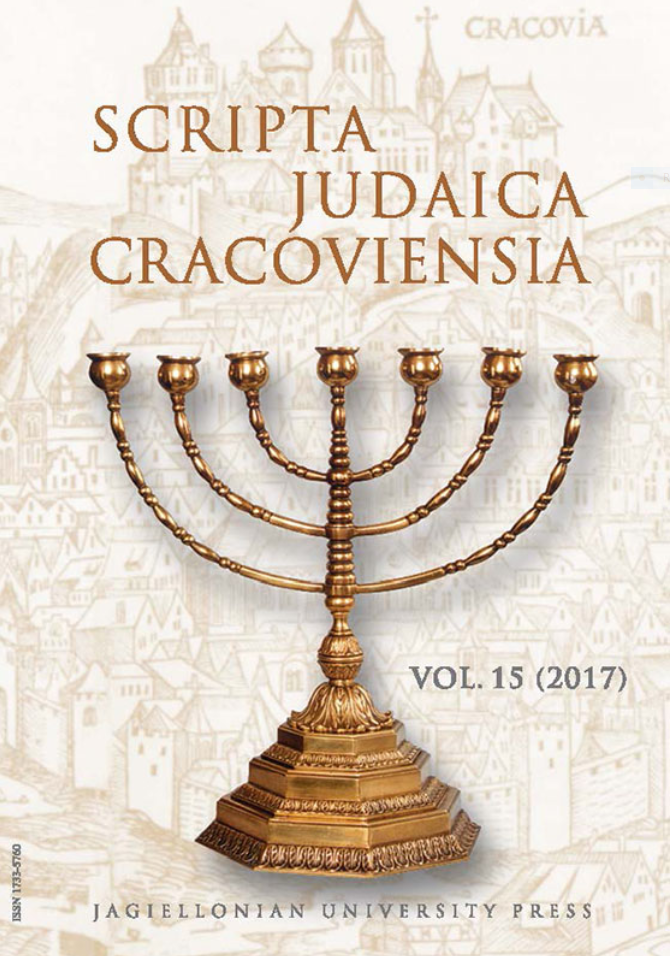
Keywords: Argument from Design; Spinoza; Deism; Kant; internal final causes; Darwinian evolution; Aristotle; Bertrand Russell; the Hebrew Bible; Krochmal; ontological argument; causal ontological argument:
For the nineteenth century Jewish Galician philosopher, Nachman Krochmal (1785- 1840), the argument from design is the most powerful argument in Jewish literature. This paper is separated into seven parts, each of which aims to give the reader a better understanding of the argument from design. In each part, the argument is compared and contrasted with other arguments for and against the existence of G-d from classical Western philosophers up until current writers. Historical and contemporary objections to the argument from design are shown to be based upon philosophical misunderstandings. The thesis of this article is that the argument from design remains the most powerful argument for the existence of G-d. In addition, in contrast to other arguments for the existence of G-d, such as the ontological arguments, it is the metaphysical argument that is closest to the nature of the G-d of worship of the Jewish religion.
More...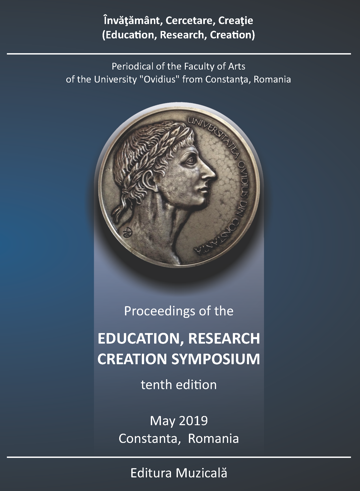
Keywords: lighting; gallery; art; design;
This paper introduces a case study regarding exhibition and art gallery lighting techniques. In order to design the lighting system, we used the DIALux program, which allowed for computer simulation so as to get visuals on the setting to be lighted. The advantage of the computer-assisted design lies first of all in the increase of the quantitative and qualitative analysis accuracy of related lighting systems, under fast performance conditions of necessary complicated calculations.
More...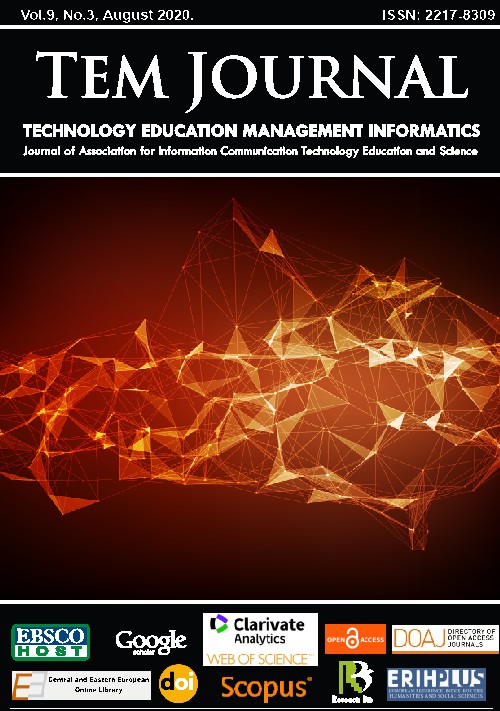
Keywords: complex mechanisms; car jack; kinematic analysis; 3D parametric modelling;parametrization;
Car jack is the basic equipment of every car. To replace the tires or to repair a specific defect on the car it is necessary to have a car jack. A modern way of creating the complex mechanical structures is described in this paper, which allows for rapid change of parameters and therefore of the whole design, i.e. the parameterized car jack model was developed. Also, the goal of this research is to carry out kinematic analysis of a car jack design. Parametric model is developed in such a way that all parameters of design are in correlations to one main parameter. The angle of thread spindle is chosen for main parameter. Usually, main parameter should be chosen as one of the parameters from power input elements. Car jack has a human hand power which is applied on car jack handle and because of that, the angle of rotation of thread spindle is the best for main parameter.
More...
Keywords: Iosif Mihailo; Industrial design; Design Theory; identity; cultural landmarks; Romanian design;
This article aims to address in a theoretical manner the Romanian design, as seen in a general context of axiology. Seen and accepted as set on an axis of diachronic continuity, the design object is highlighted in a special relationship with its inheritance. The cultural identity rediscovered and the adaptation to the new conditions of the modern object can now be conjugated in an original way.
More...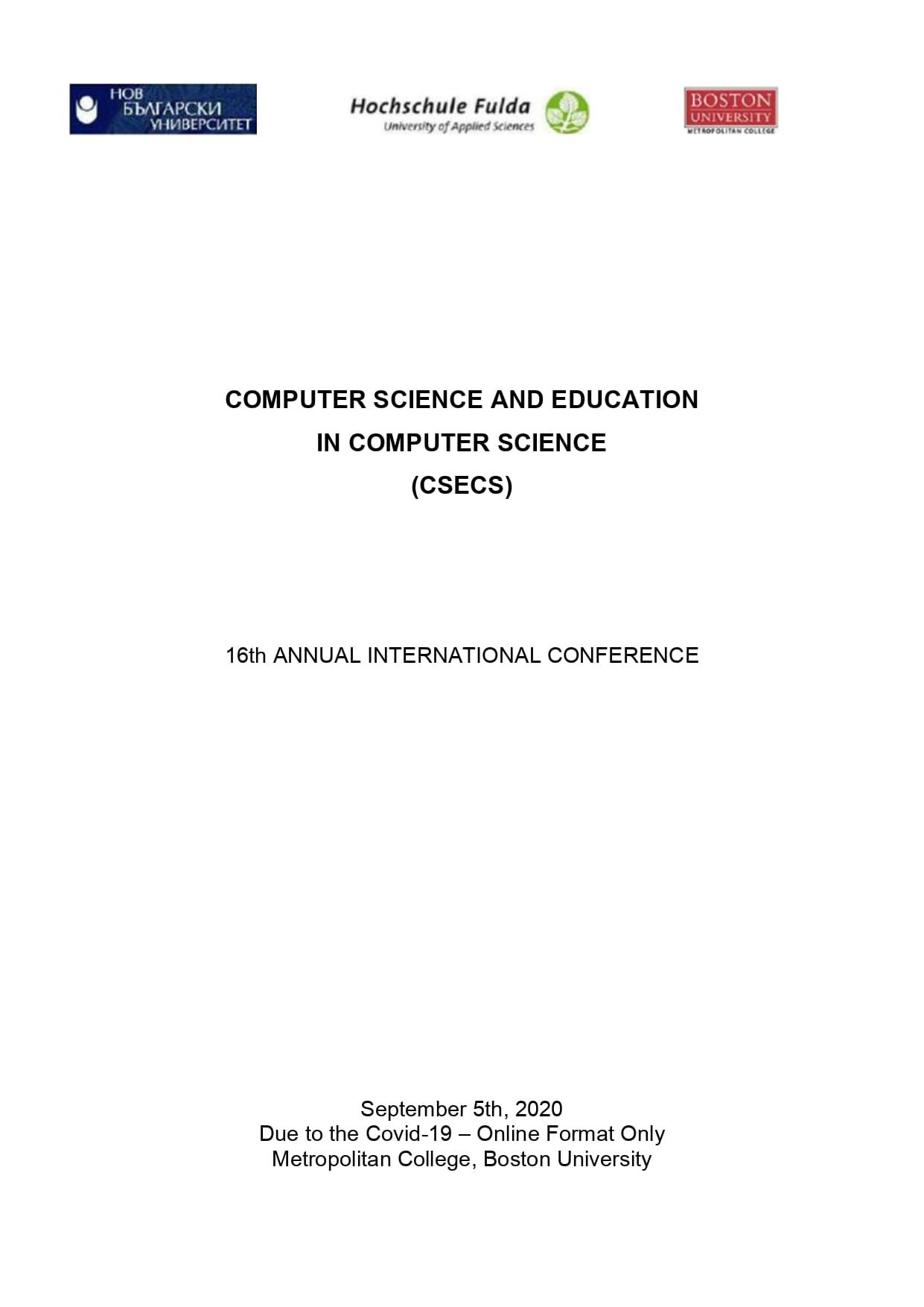
Keywords: Database; design; integrity; abstraction
The costs to correct mistakes made in the early phases of database projects often rise exponentially with the number of phases between detection and correction. Therefore an adequate preparation of beginners as part of their university education, practically and conceptually, is able to avoid many mistakes. This paper outlines a systematic classroom approach to guide through the design of a database including faithful, rule based translation into an equivalent relational schema and its implementation using the SQL language. Experiences from teaching that course in a real classroom are compared to those made in spring/summer 2020, when the course had to be taught in a virtual classroom because of the Corona pandemic.
More...Keywords: interior design; industrial; plastic arts; aesthetics; composition; ergonomics; space; shape; color; light; human psychology;
This work proposes a theoretical and practical study of environmental design. The aesthetic image in design is created by involving several special mechanisms that ensure the integrity of the design concept. The study highlights the most important principles of plastic and semantic realization, following the clear and concise presentation of the image. In this process, the most responsible and important issue addressed in design is identified - aesthetic formulation. A special role in the beautiful realization of the design project, is assumed by the coloristic effect, which manifests various actions in relation to human psychology. Following them, the basic criteria in the harmonious realization of the artistic image are identified, taking into account some legalities and norms of aesthetic beauty. The new practices of environmental design include the realization of ecological projects, smart house projects, open space projects and of course various stylistic achievements, of which the most requested today is the minimalist style. Overall, environmental design is an effective means of shaping and recreating the human environment.
More...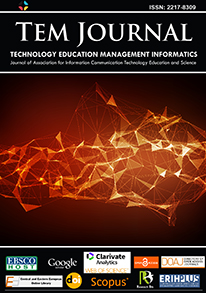
Keywords: Reconfigurable gripper; modular gripper design; Fusion 360; grasping;
An entirely new reconfigurable gripper is designed and shown in this paper. The new gripper comprises six modular fingers, which can be rearranged to form any number of fingers between three and six. CAD, CAM, CAE, and PCB software Fusion 360 was used to design the gripper. Also, the gripper fingers are rotatable, so the finger bases can touch each other side-by-side and form one finger. In addition to showing the reconfigure ability of the gripper, several scenarios for grasping different shapes were presented and tested.
More...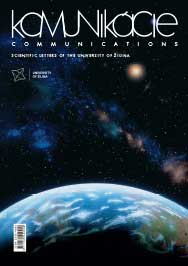
Keywords: Design; centrically loaded columns; axial compressive load;
Design of centrically loaded columns by the axial compressive load is considered in this work. The three methods results are compared: theoretical -procedure and calculations according to standards JUS U.E7.081and Eurocode 3. The analysis is illustrated on an example of a column with a complex cross-section. By comparison between the calculated normal stresses and should be allowable stresses for all the three procedures, one can see that the stresses calculated using both standard procedures are significantly smaller than stresses calculated using the theoretical procedure. This shows that the standard procedures of calculations and design are much more on the safety side, especially in the case of Eurocode 3
More...